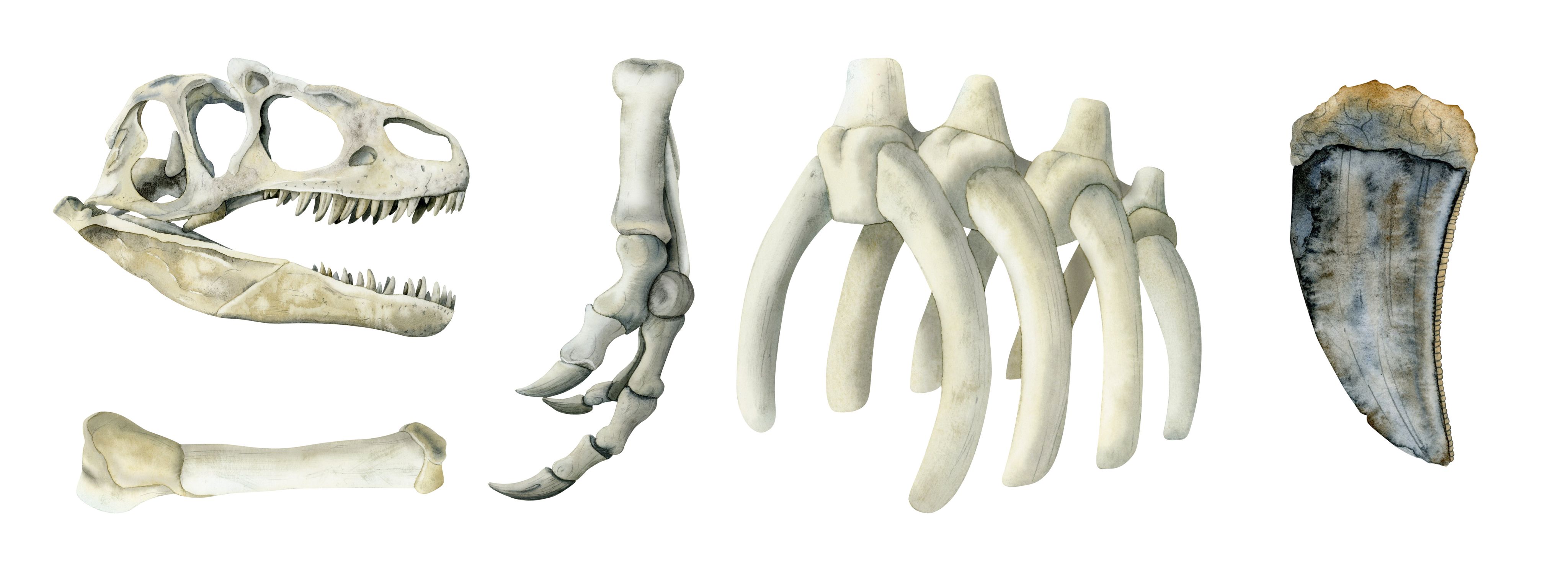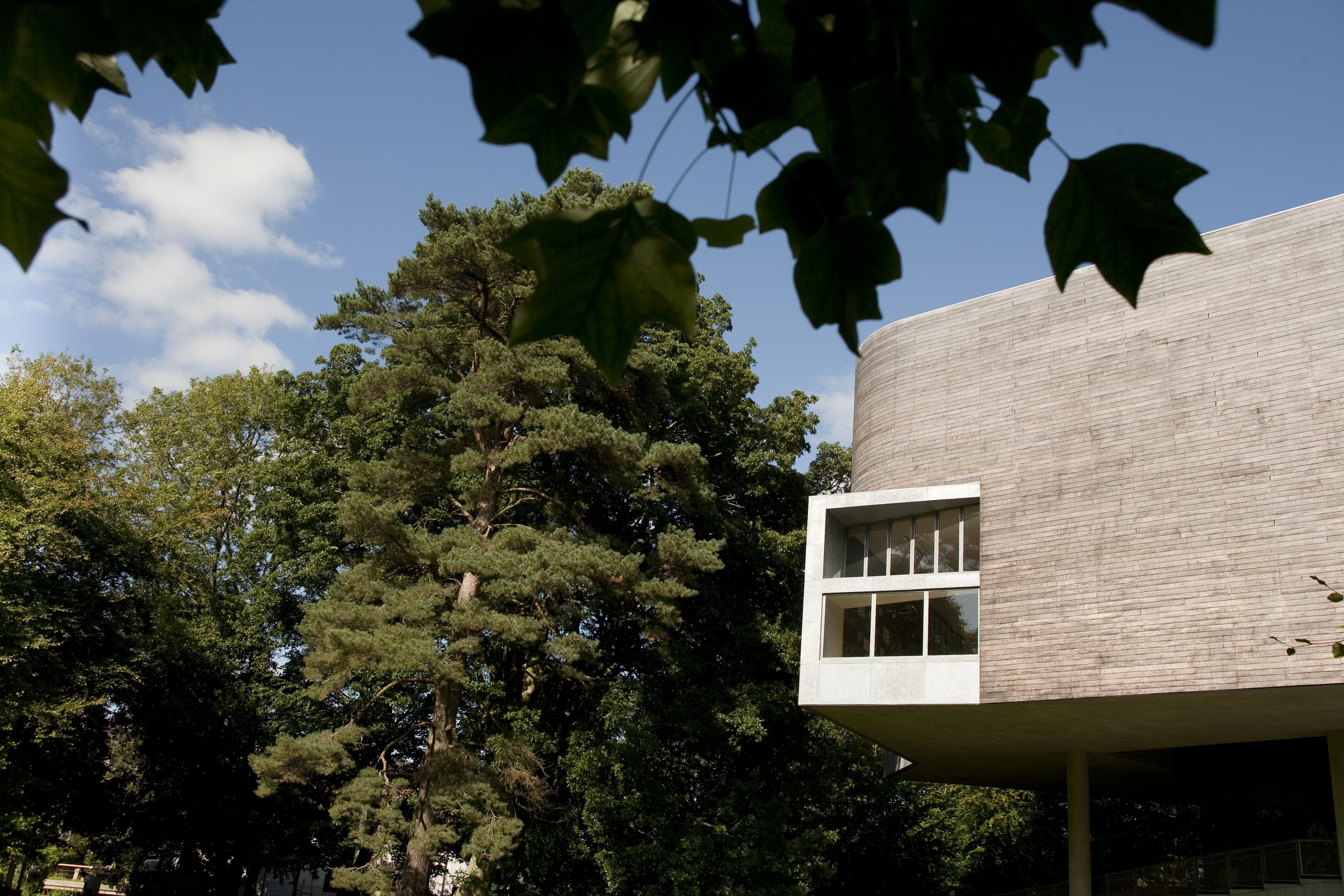For the first time in 200 million years - the world of the Irish dinosaurs is back

For the first time in 200 million years, the world of the Irish dinosaurs is back – in a dramatic new public exhibition.
University College Cork’s Glucksman Gallery is set to transform into the home of a spectacular new exhibition of Irish fossils, called The Domain of the Dinosaurs. For the first time, the Irish public will be able to see huge life-sized skeletons of Megalosaurus and Scelidosaurus, the only dinosaurs known from the island of Ireland. In addition, the exhibition will show almost 250 other fossil specimens from the land, sea and air, bringing the world of the Irish dinosaurs to life. These will be complemented by a series of older, pre-dinosaur Irish fossils that are paired with new artworks by Irish artists, offering a tantalising glimpse of Ireland in deep time.
“This remarkable exhibition is a celebration of life in Ireland as it was during the time of the dinosaurs" Maria McNamara, Professor of Palaeontology at University College Cork
“This remarkable exhibition is a celebration of life in Ireland as it was during the time of the dinosaurs" Maria McNamara, Professor of Palaeontology at University College Cork
The Domain of the Dinosaurs exhibition opens on Sunday 16th November and will run until 12th April 2026 in the Glucksman Gallery in University College Cork
The Domain of the Dinosaurs exhibition opens on Sunday 16th November and will run until 12th April 2026 in the Glucksman Gallery in University College Cork
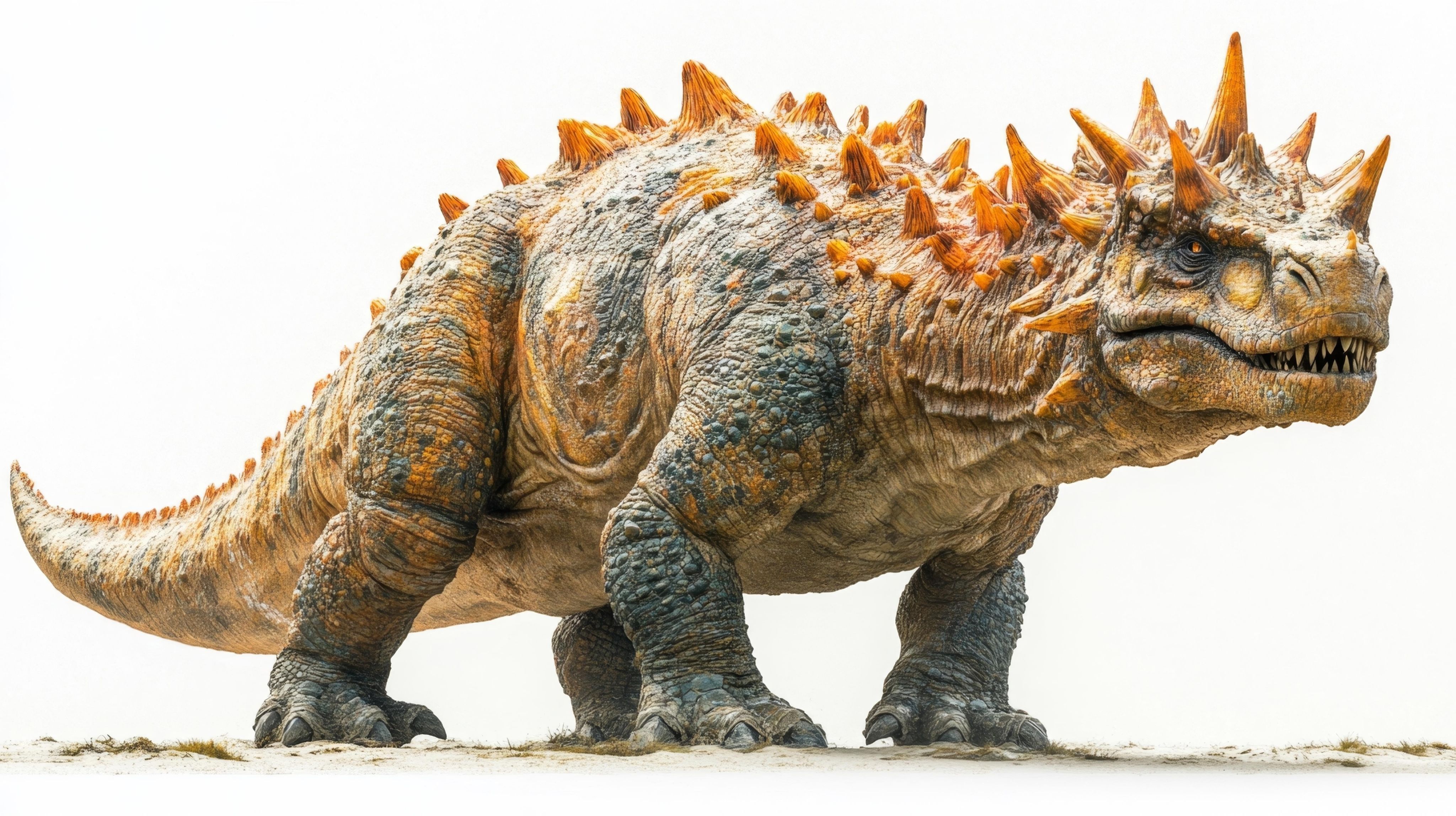
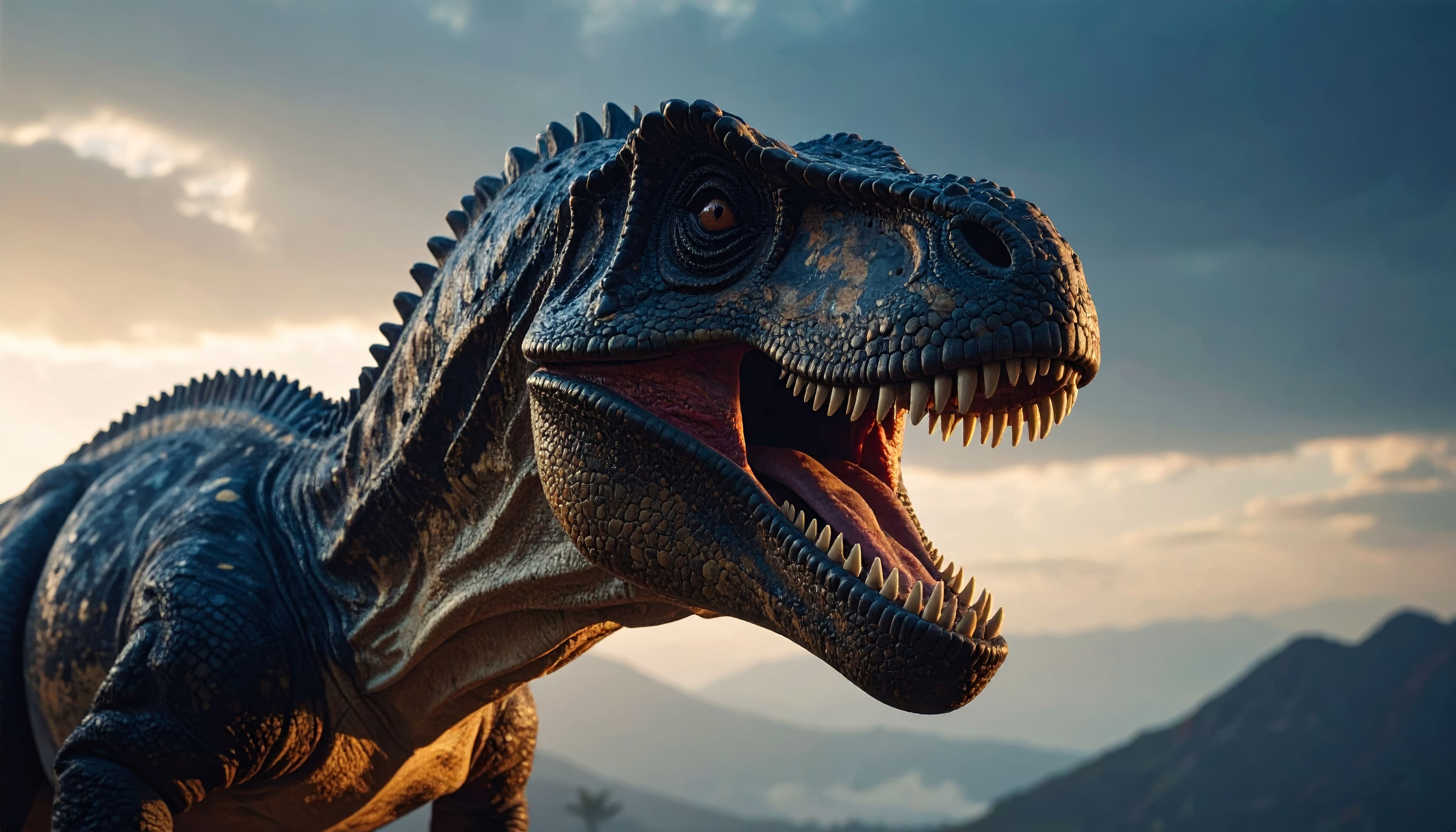
Only two dinosaur bones have been discovered on the island of Ireland. One was part of the upper hind leg of a Scelidosaurus.
This was an armoured quadrupedal herbivore almost 4 metres (13 ft) long that fed on low, scrubby plants.
The second dinosaur fossil found was a piece of a theropod hindlimb bone – possibly Megalosaurus.
This was a large, meat-eating dinosaur. It was one of the first dinosaurs ever found and the first named. When Megalosaurus fossils were first discovered during the seventeenth and eighteenth centuries, nobody knew what a dinosaur was.
The two dinosaur fossil bones found in Northern Ireland, were discovered in the same location on the Country Antrim coast.
Recent research by UCC palaeontologists on dinosaur fossils found in China revealed that traces of the pigment melanin that coloured their feathers and skin, as well as incredible details of the skin itself – we even know that dinosaurs had dandruff, just like humans.
“This remarkable exhibition is a celebration of life in Ireland as it was during the time of the dinosaurs."
"Ancient Ireland would be unrecognisable to us today - ecosystems on land and in the ocean were dominated by reptiles, with many unfamiliar plants and animals. Visitors to the exhibition can see the real fossil evidence of those extinct creatures, including fossil footprints, trees, insects, giant flying reptiles called pterosaurs, and lots of marine animals including giant predators such as the ichthyosaurs and plesiosaurs. There’s even fossilized dinosaur eggs and poo!”, states Professor McNamara.
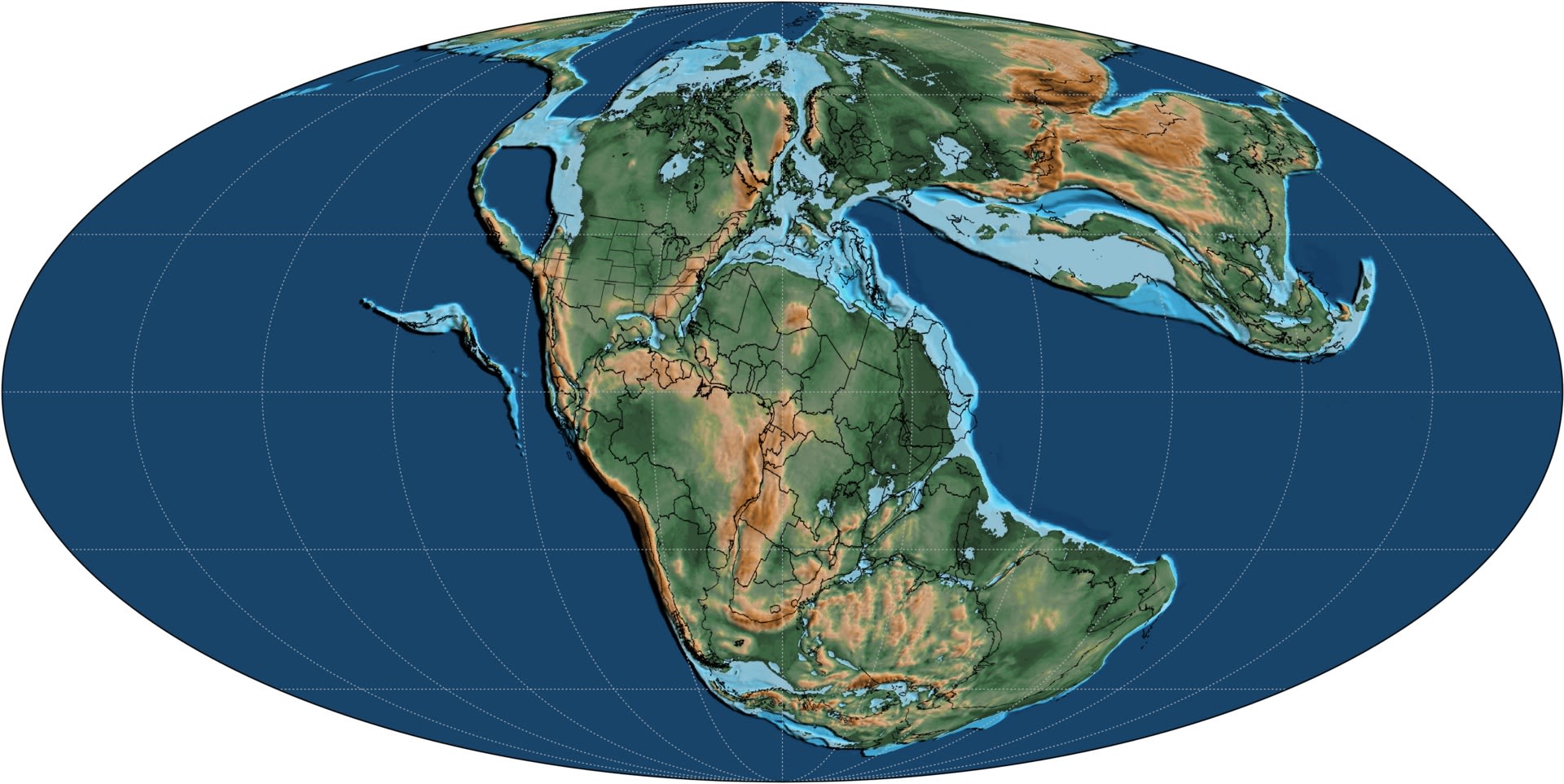


The unique exhibition incorporates newly commissioned artworks from contemporary Irish artists, that provide a creative response to key Irish fossils.
"The artists bring a creative lens to the pioneering scientific research happening in our university and provide an imaginative response to the fascinating fossils that are on display.”
The free exhibition opens on Sunday 16th November and will run until mid-April 2026. See Glucksman website for opening hours.
Words: Eoin Hahessy Credits: Meglosaurus by Meka, Scelidosaurus by Stocker, Hand drawn dinosaur bones by Elena Malgina
